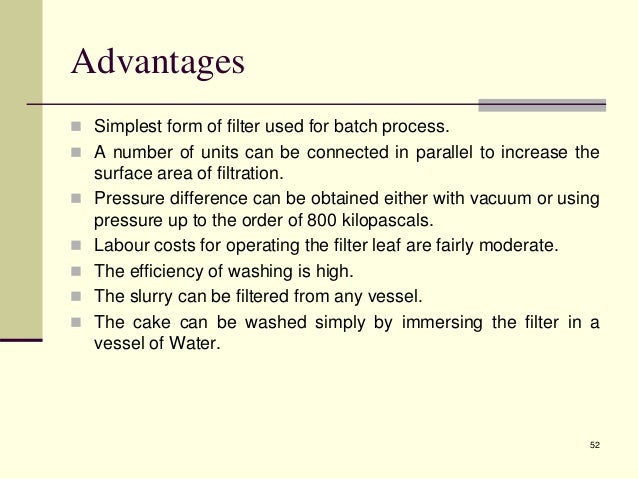Serial Dilution Advantages And Disadvantages
Advantages of 'Serial Dilutions' This section is not a recipe for your experiment. It explains some principles for designing dilutions that give optimal results. Once you understand these principles, you will be better able to design the dilutions you need for each specific case. Often in experimental work, you need to cover a range of concentrations, so you need to make a bunch of different dilutions. For example, you need to do such dilutions of the standard IgG to make the standard curve in ELISA, and then again for the unknown samples in ELISA.
You might think it would be good to dilute 1/2, 1/3, 1/10, 1/100. These seem like nice numbers. There are two problems with this series of dilutions. • The dilutions are unnecessarily complicated to make.
However, Gesta is still alive, and the even greater evil is threatening the vikings. # # Requirements: Processor: 1.2 Ghz Celeron; Operating System: XP/Vista/7; DirectX: 9 or later; Video RAM: 256 MB; RAM: 1024 MB # # Extra: For installation: Installing a folder of your choice. Travel along 50 gorgeous levels and explore wondrous locations, make friends with mermaids and mushrooms in the faraway lands, prevent the war between two mighty nations and see the story come to life with the improved 3D graphics! Miami Beach Resort, Build-a-lot, Build-a-lot 2: Town of the Year, Build-a-lot 3: Passport to Europe Interface: English (ENG) Multiplayer: no After the evil witch Gesta was defeated, the time of peace was restored. Best northern tale 2 keygen 2016 download and full version full. The viking king Ragnar decides to restore the kingdom in its former glory - repair the ruined villages, heal the cursed trees.
You need to do a different calculation, and measure different volumes, for each one. It takes a long time, and it is too easy to make a mistake. • The dilutions cover the range from 1/2 to 1/100 unevenly. In fact, the 1/2 vs. 1/3 dilutions differ by only 1.5-fold in concentration, while the 1/10 vs. 1/100 dilutions differ by ten-fold.
What is disadvantages of serial dilution? What are the advantages and disadvantages of serial mouse? As opposed to having a proprietary bus mouse (only found in very old computer systems). A serial dilution is the stepwise dilution of a substance in solution. Usually the dilution factor at each step is constant, resulting in a geometric progression of the.
If you are going to measure results for four dilutions, it is a waste of time and materials to make two of them almost the same. And what if the half-maximal signal occurs between 1/10 and 1/100? You won't be able to tell exactly where it is because of the big space between those two. Serial dilutions are much easier to make and they cover the range evenly.
Serial dilutions are made by making the same dilution step over and over, using the previous dilution as the input to the next dilution in each step. Since the dilution-fold is the same in each step, the dilutions are a geometric series (constant ratio between any adjacent dilutions). For example: 1/3, 1/9, 1/27, 1/81 Notice that each dilution is three-fold relative to the previous one. Keygen php maker serial key.
In four dilutions, we have covered a range of 181/3 = 60-fold. If that isn't enough range, consider a series of five-fold dilutions: 1/5, 1/25, 1/125, 1/625 Here we've covered a (625/5) = 125-fold range. No matter where the half-max falls in a series of 5-fold dilutions, it is no more than 2.2-fold ('middle' [square root] of a 5-fold step) away from a data point -- so the coverage of the range is thorough and even. When you need to cover several factors of ten (several 'orders of magnitude') with a series of dilutions, it usually makes the most sense to plot the dilutions (relative concentrations) on a logarithmic scale. This avoids bunching most of the points up at one end and having just the last point way far down the scale. Before making serial dilutions, you need to make rough estimates of the concentrations in your unknowns, and your uncertainty in those estimates.
For example, if A 280 says you have 7.0 mg total protein/ml, and you think the protein could be anywhere between 10% and 100% pure, then your assay needs to be able to see anything between 0.7 and 7 mg/ml. That means you need to cover a ten-fold range of dilutions, or maybe a bit more to be sure.
If the half-max of your assay occurs at about 0.5 mg/ml, then your minimum dilution fold is (700 mg/ml)/(0.5 mg/ml) = 1,400. Your maximum is (7000 mg/ml)/(0.5 mg/ml) = 14,000. So to be safe, you might want to cover 1,000 through 20,000. In general, before designing a dilution series, you need to decide: • What are the lowest and highest concentrations (or dilutions) you need to test in order to be certain of finding the half-max? These determine the range of the dilution series. • How many tests do you want to make?
